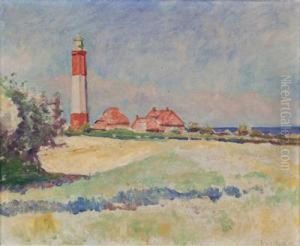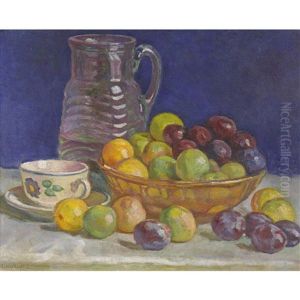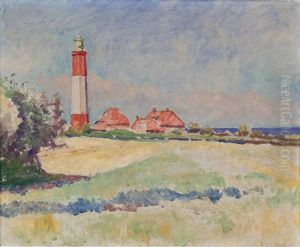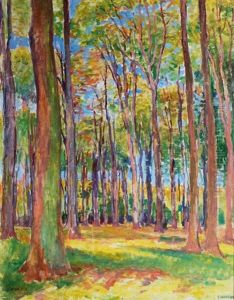Julius Wohlers Paintings
Julius Wohlers was a German artist, born in 1900 and passing away in 1976. His life and career spanned a significant period in European history, witnessing both World Wars, the interwar period, and the post-war reconstruction era. Wohlers' work is characterized by its diverse range of styles and mediums, reflecting the tumultuous changes in art and society during his lifetime. Initially trained in the traditional disciplines of painting and drawing, he later expanded his repertoire to include printmaking, sculpture, and even photography, illustrating his adaptability and eagerness to explore new artistic frontiers. Throughout his career, Julius Wohlers was deeply influenced by the major art movements of the 20th century, including Expressionism, Dadaism, and Surrealism. However, he never confined himself to a single style or ideology, instead synthesizing elements from various movements to create a unique and personal body of work. His art often depicted the human condition, reflecting the anxiety, despair, and hope of the times. Despite facing the challenges of working under restrictive regimes and the scarcity of materials during and after the wars, Wohlers maintained a prolific output, contributing to his reputation as a resilient and resourceful artist. Wohlers' legacy is one of innovation and perseverance. His ability to adapt and evolve artistically in response to the changing world around him has earned him a place among the notable European artists of the 20th century. Though not as widely recognized as some of his contemporaries, his work continues to be studied and appreciated for its depth, diversity, and emotional impact. Julius Wohlers' art remains a testament to the enduring power of creativity in the face of adversity.














